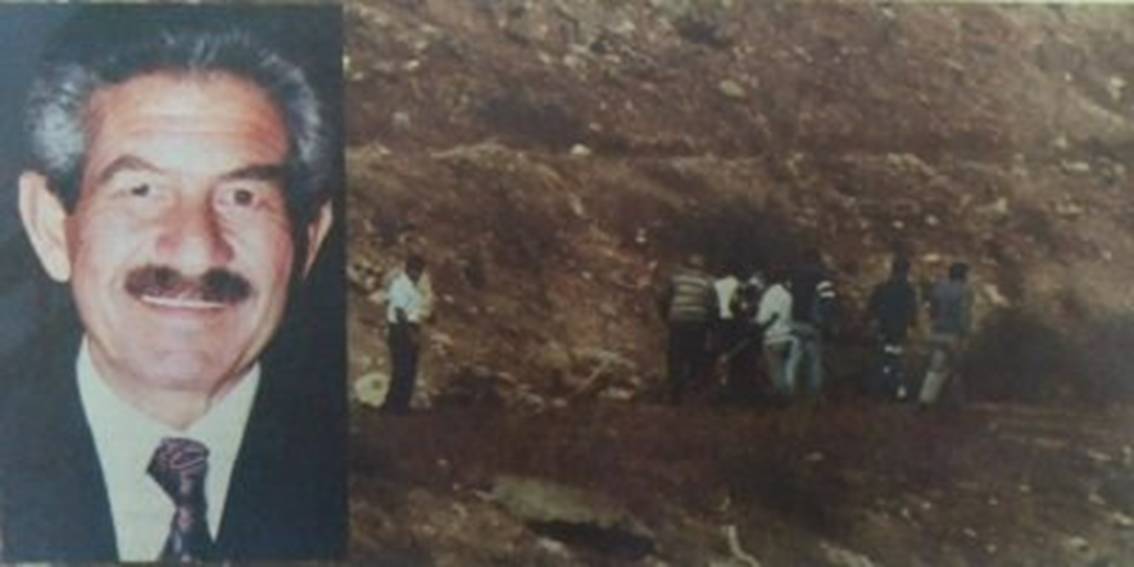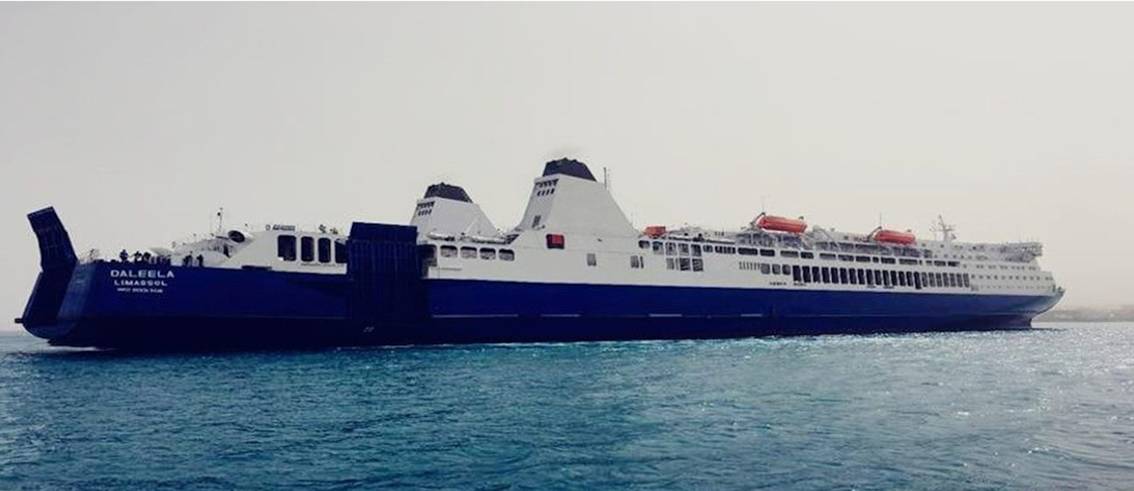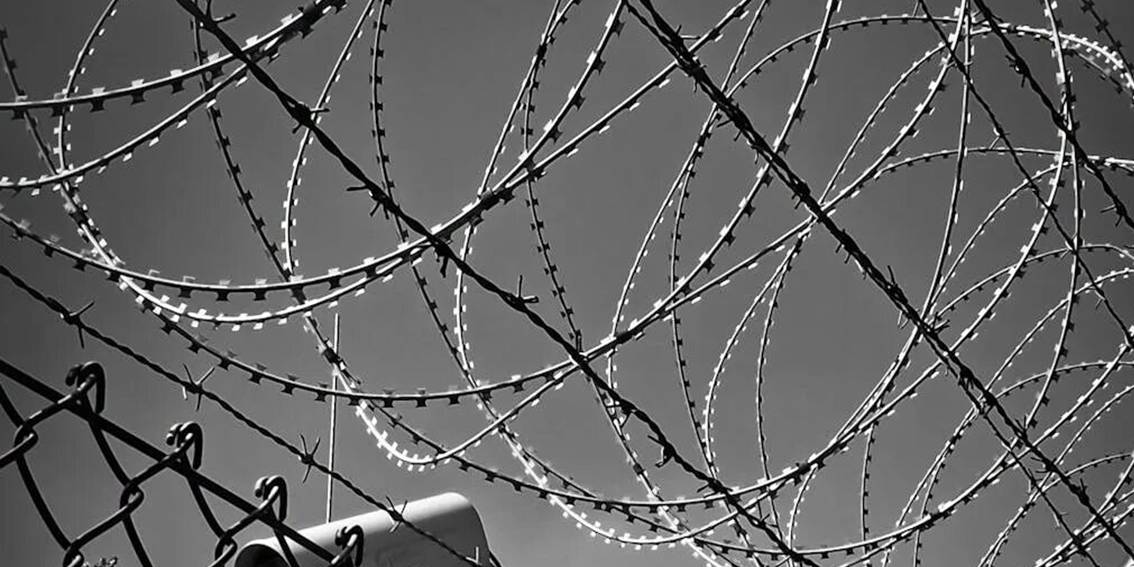Petros Kakoulis: A Refugee in His Own Land
Petros Kakoulis was a Greek Cypriot man who knew the pain of displacement firsthand. Like thousands of others, he became a refugee following the 1974 Turkish invasion of Cyprus. He was forced to flee his home from Lefkoniko and rebuild his life elsewhere on the island. For 22 years, he lived in Avgorou village, in the southeastern part of the island. His hope was one day to return to his home in Lefkoniko.
A Tragic Death in the Buffer Zone
On October 13, 1996, Petros Kakoullis, went to collect snails in the Achna area with his son-in-law, Panikos Hadjiathanasiou. During their outing, Kakoullis accidentally strayed into the demarcated United Nations buffer zone.
A Helpless Act of Surrender
The moment Kakoullis realized his mistake, he immediately raised his hands high in the air to signal his non-hostile intent and surrender. His son-in-law, watching from 200 meters away, could only observe the scene helplessly. Despite this clear act of submission, Turkish military forces stationed in the occupied area opened fire on the unarmed man.
A Brutal and Unjust Killing
The initial shots struck Kakoullis, causing him to fall to the ground. As he lay bleeding and wounded, the soldiers fired upon him again, ensuring his death. This cold-blooded killing of a defenseless civilian added to the long and tragic list of Greek Cypriots. He was one of many who have lost their lives under similar circumstances. The Turks claimed that Kakoulli had crossed into the Turkish-occupied part of Cyprus, north of the Turkish cease-fire line. Turkish soldiers refused to hand over the body to an ambulance of the British bases, which had rushed to the area.
The Turks did not allow representatives of the Cypriot authorities, or the UN and the British bases, to visit the area and inspect the body.
Instead, the Turks took the body away before allowing representatives of the UN and the British bases to go to the area, on the boundaries of the British bases.
The incident stands in stark contrast to the hospitality often shown to other visitors in the occupied areas, highlighting a deeply troubling disparity.




